FUN AND ENGAGING MEASUREMENT ACTIVITIES FOR PRESCHOOLERS
It’s time for some cool and engaging measurement activities for your preschooler.
As for the measuring skills, they are an inseparable part of kids lives. Whether you teach them or not, you will see signs that they are developing their measurement skills with the help of the stimuli in daily life.
You may notice them saying,
I need the bigger piece of chocolate
It’s not fair, he gets more lollies.
Toast is too hot mommy!
Here you see, the children’s ability to measure size, numbers and temperature.
Isn’t is wonderful how our day-to-day life brings so many opportunities for them to learn measurement.
However, I think the more you intentionally provide stimuli, the stronger their foundation of Early math skills will be.
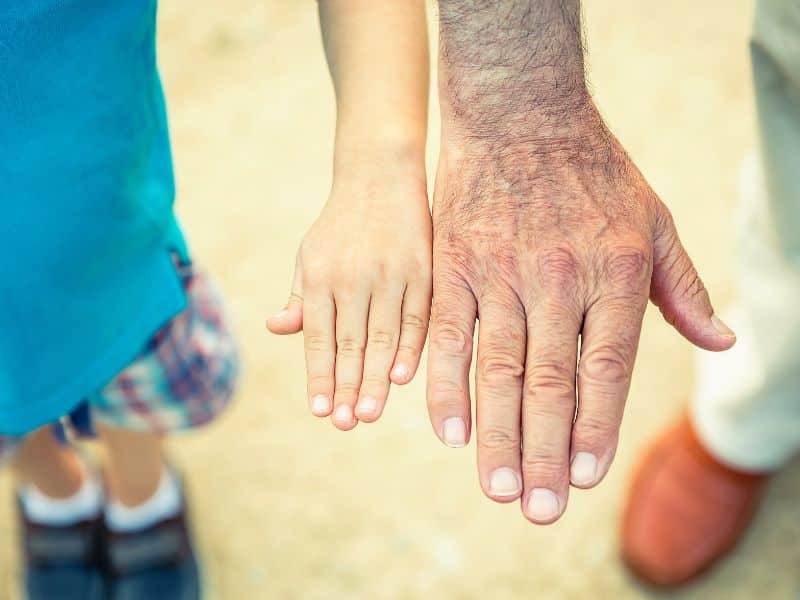
Measurement skills and mathematical skills are closely connected concepts. When we talk about measurement we talk about following areas.
- Length
- Weight
- Volume
- Temprature
- Time
As you all see, all these areas are directly related to mathematical skills.
So, providing them with hands-on learning opportunities can help their growing mathematical understanding immensely.
Keep in mind that though the words like mathematical understanding or measurement skills may sound pretty complex for your preschooler, all these concepts are activity- based making them super fun and engaging.
Basic Measurement Concepts to Introduce to Preschoolers
Length
It is the measured distance from one end to the other of the longest end of an object.
Children can use non- standard methods to determine length too. Given two books of different sizes, many preschoolers can say which one is bigger and which is smaller.
Or show them how to use unifix blocks to measure the length of each book. You can line up unifix blocks one end to the other and the bigger book will need more blocks and the smaller book will need less blocks.
Think about objects that can be measured for length in your house.
In ours, we measured the length of lunch box, large chocolate bar, Daddy's shoe using unifix blocks.
Once they are familiar with these non-standard methods, you can introduce them the measuring tape, rulers and teach them to measure in Centimetres and metres.

Weight
In simple terms, weight is the measure of heaviness of an object. Take a bowl of fruits and ask how the weight of each fruit feels on their hands.
When we compare a mandarin with a grapefruit, grapefruit is heavier. But when we compare grapefruit with watermelon, the watermelon is heavier.
Pick various fruits like apples, strawberries, mangoes and papaya and ask them what they think is heavier and lighter.
To make this activity, more engaging, you can improvise a cloth hanger to a scale with 2 yoghurt cups and try to compare weight of small objects. Ex: Toy cars, blocks etc.
To take their interest to the next level, show them how to use the kitchen scale for packaged goods like rice packs, cheese, cookies so that the weight is marked on the package.
You can encourage your kids to check if all the marks wights are correct.
Same way, the kids can check their own weight using a bathroom scale. Marking them in a book every month and learning how they gain weight with time will improve their numeracy skills and analytical skills too.

Volume
Volume can be a bit more complex idea for kids compared to length and weight.
But once you feel they have reached that maturity level or showing interest in them, it's time!
To do that, find some glass jars of varied sizes and heights.
Ask your kids which jar as they think holds least amount of water and most amount of water. They may probably go with the tallest jar.
Now take a small yoghurt cup and measure how many yoghurt cups it takes to fill up all the jars.
Note down how many cups of water each jar can hold.
Next, instead of water, use sand/rice/cornflakes and see how the number of cup changes according to the
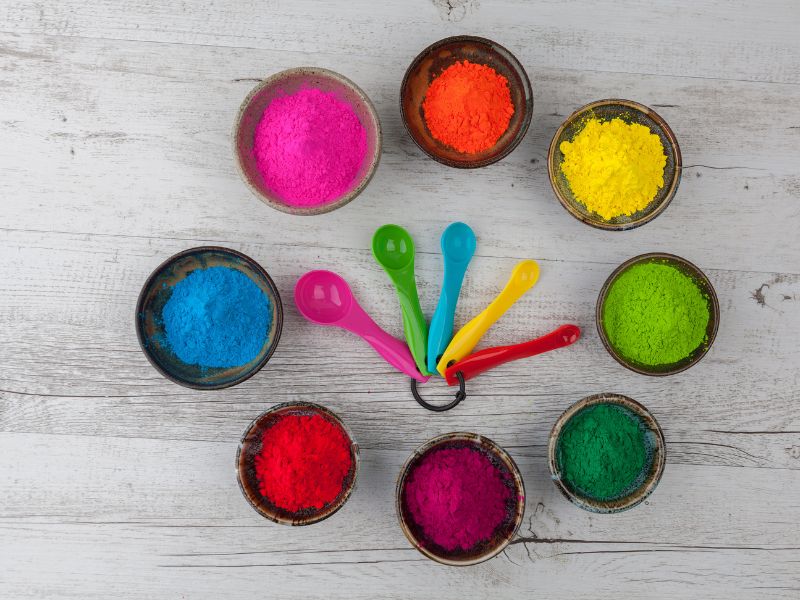
Temperature
In everyday life, we use non-standard methods to measure temperature in so many ways.
With kids, it's mostly checking body temperature using hand on their forehead. Though it's not a reliable way, many moms do have a knack for picking elevated body temperature using this method. ( Use of a thermometer is recommended when needed)
Using a digital thermometer and checking everyone's temperature can be a fun activity to do at home. When cooking and baking, you can encourage your kids to use a kitchen thermometer to check temperature of liquids, barbeque meat or bread items. (Close supervision is needed)
In these instances your child may not understand all the numbers and what they mean but as they do it, in the long run, they will learn how high temperature or low temperature shows on the thermometer.
Time
Time is an abstract concept that children need to feel and understand. Talk about time in your daily life and help them understand how a certain period of time feels like.
Ex: I will be back in 10 minutes.
Let's clean up for 5 minutes.
We need to bake this cake for 30 minutes.
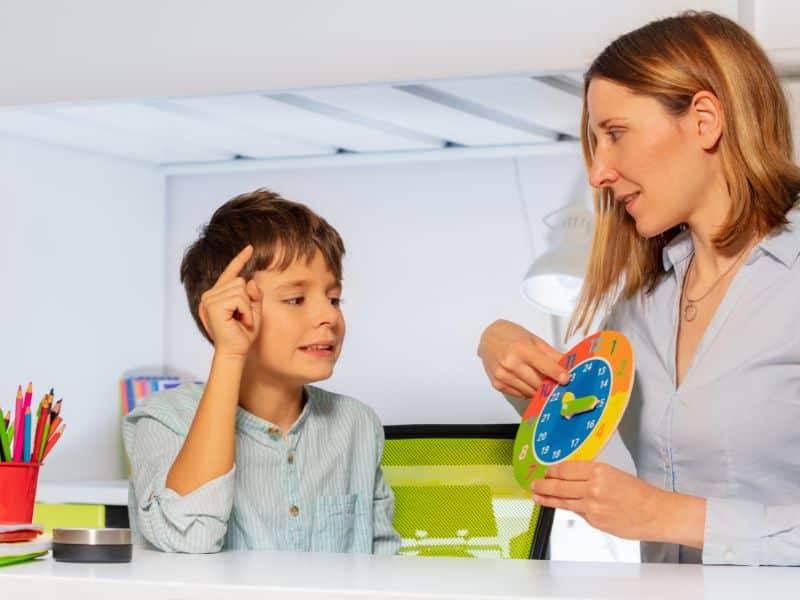
Benefits of Measurement Activities for Preschoolers
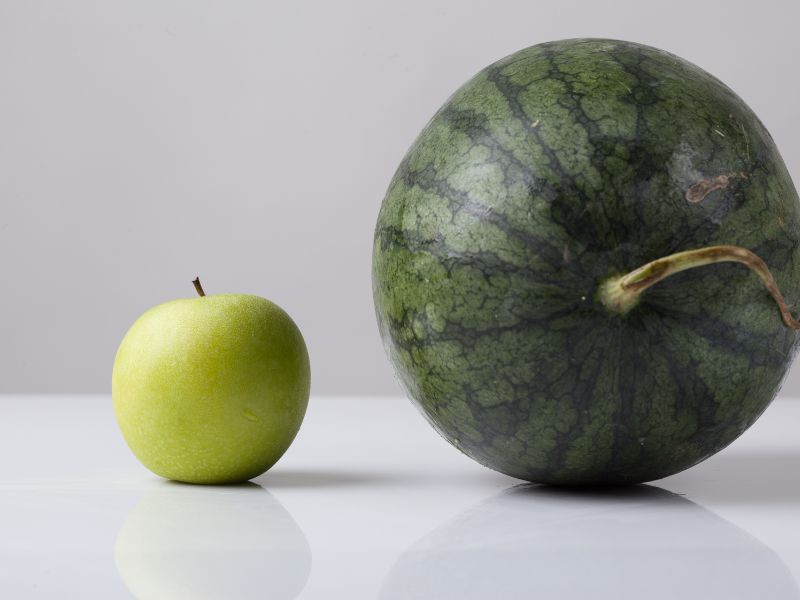
Enhancing critical thinking and problem-solving skills
Activities like using a measuring tape or using different shaped jars to fill water with require a lot of critical thinking and problem solving skills.
When finding the length, children need to determine from which end they are going to start and from which end it’s going to end.
When doing activities related to volume, children need to use their reasoning skills to understand that filling a jar with water and filling the same size jar with sand can be different in terms of capacity and weight.
Developing spatial awareness and fine motor skills
Using different types of equipment like thermometer, kitchen scale or measuring tapes etc require you to manoeuvre, balance, straighten improves their fine motor skills.
In addition, measuring from one end to another with a measuring tape, find suitable objects to weigh on the kitchen scale, learn how different sized jars have different capacity to hold water etc improve children’s spatial awareness.
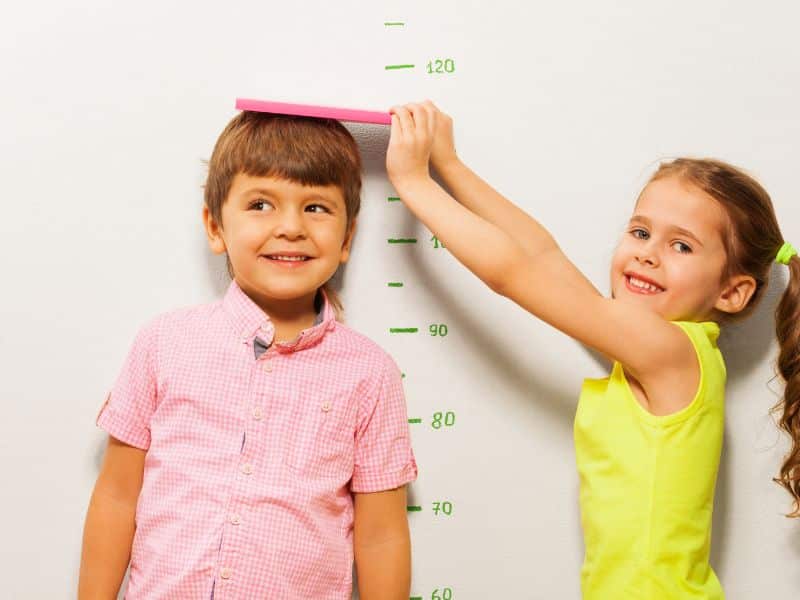
Building a foundation for future math learning
All these measurements are represented in numbers. Children learn that bigger numbers represent bigger value. They compare and contrast to come to conclusions about temperature, length, weight etc
Ex: I weigh 15 kg. My brother weighs 12 kg. I am heavier than my brother.
Read more on early math skills : early-numeracy
Encouraging curiosity and exploration
Learning all these concepts is super exciting and learning to use tools like thermometer, kitchen scale, clock, measuring tape makes it even better.
Now it’s time for children to explore on their own. They can take the measuring tape to their playground, kitchen thermometer on next barbecue day, toy measuring cups to the sand pit to expand their learning and have fun engaging in more and more measuring activities
Hands-On Measurement Activities for Preschoolers
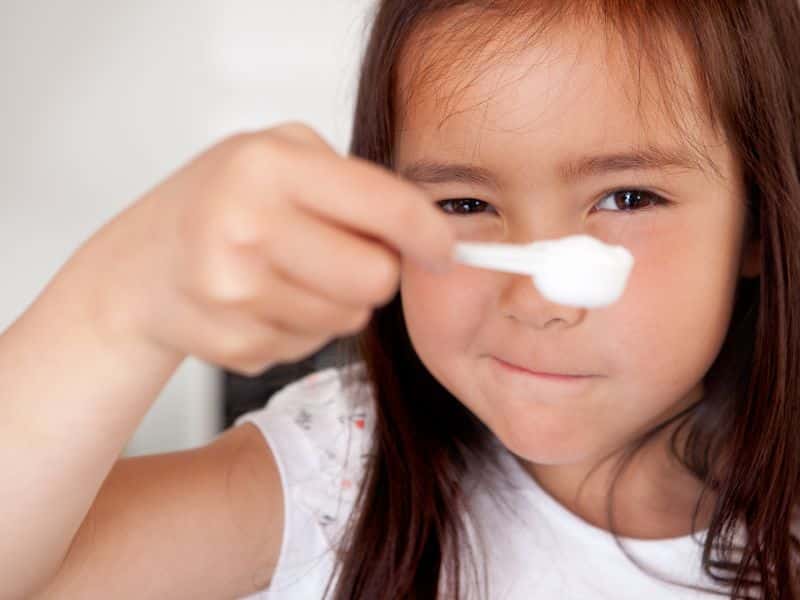
1. Measuring with non-standard units (e.g., using blocks or footsteps)
Non-standard units like unifix blocks, footsteps or hand is a good way to start measuring objects. They improve children’s coordination skills as well as numeracy skills.
2. Exploring balance scales and weighing objects
Learning to use an everyday tool is a whole new level of excitement for kids. Let them explore balance scale, weighing different objects and improve their spatial awareness and problem-solving skills.
3. Estimating and comparing sizes and lengths
Comparing the size of two boxes placed side by side, or comparing the size of a box to something you have seen before need reasoning skills and visual memory.
Children, though they haven’t been taught this before, excel in these activities.
ex: I need the bigger piece of chocolate.
4. Using sand or water to explore volume and capacity
This activity requires problem solving skills as well as reasoning skills. Not to mention fine motor skills filling up jars and acquiring sensory stimuli handling sand and water.
No wonder kids love it!
5. Creating simple timelines or daily schedules to understand time
Setting a timer or just playing a song to clean up the play area or brush teeth can help the kids understand how long a certain time period feels like.
They get a sense of responsibility as they get to know the concept of time and time passing and can be a lot more independent too.
Tips for success in measurement activities
1. Using age-appropriate materials and tool
2. Focusing on hands-on, interactive experiences
3. Connecting activities to real-life situations and contexts
4. Providing opportunities for collaboration and social interaction
Conclusion
As you can see, measurement activities can be fun, engaging, interactive and educational.
They help with so many skills including critical thinking, problem solving, fine motor, reasoning, spatial awareness and so on.
Let us know which activities you did with the kids and which they loved best!

Leave a Reply